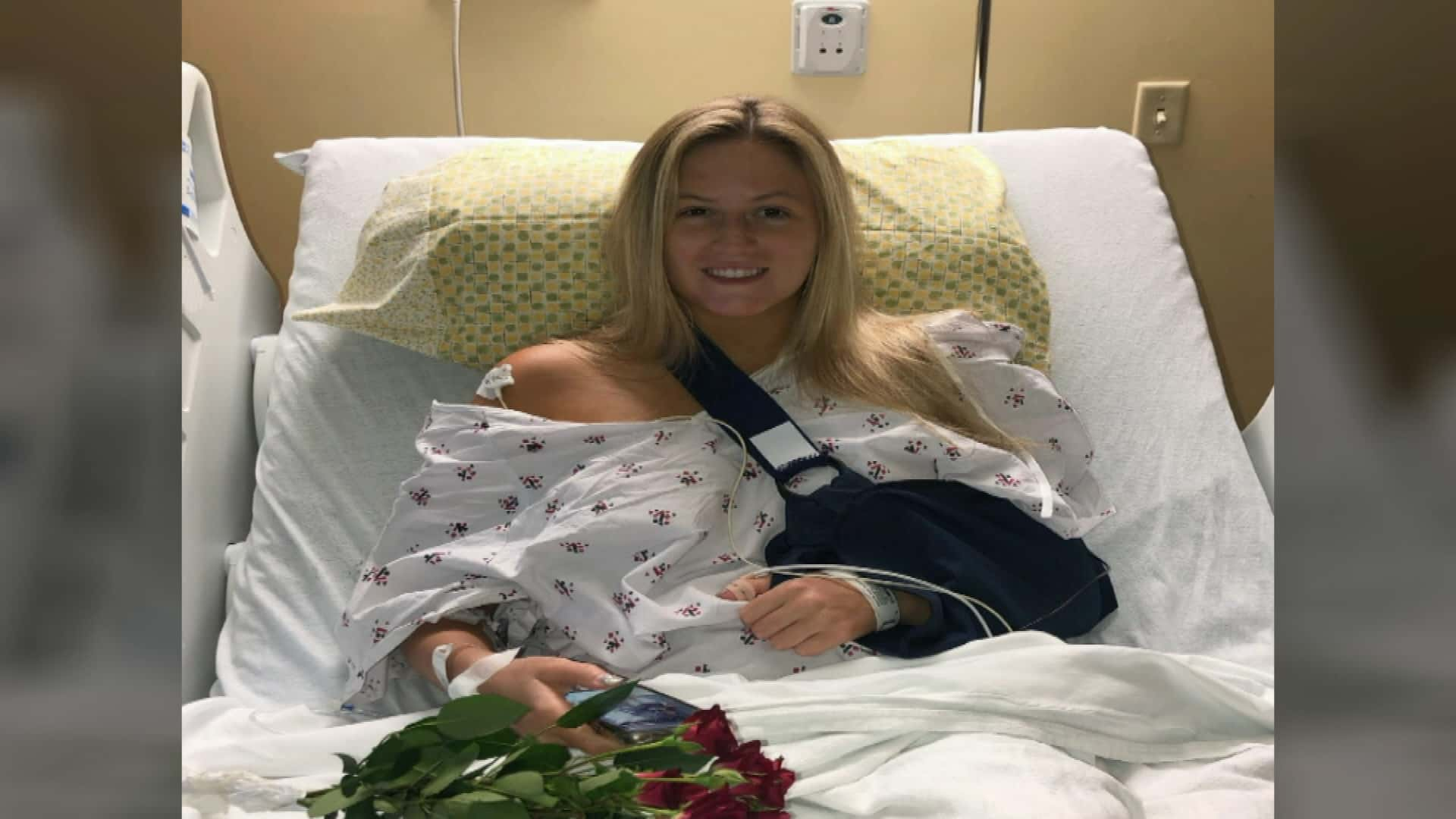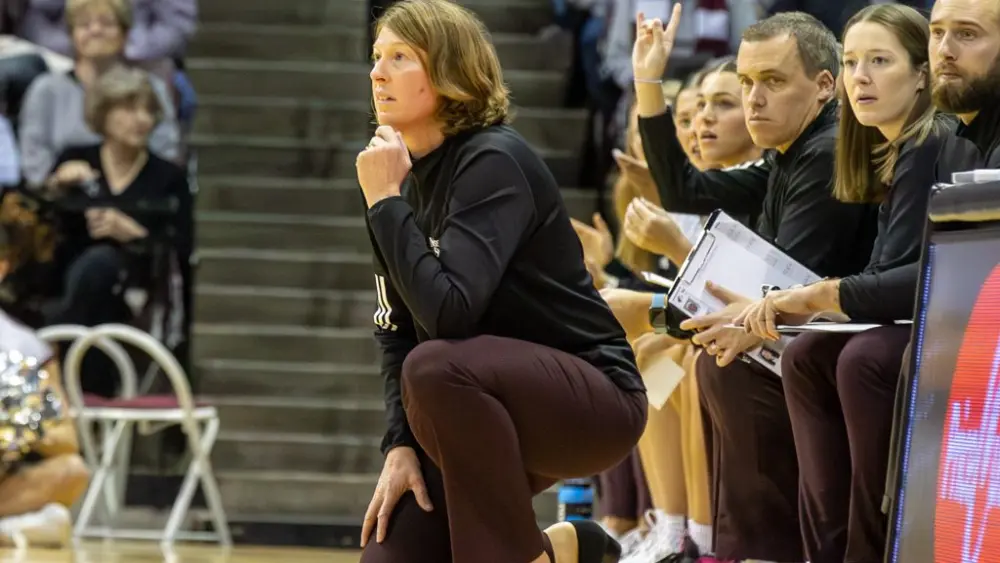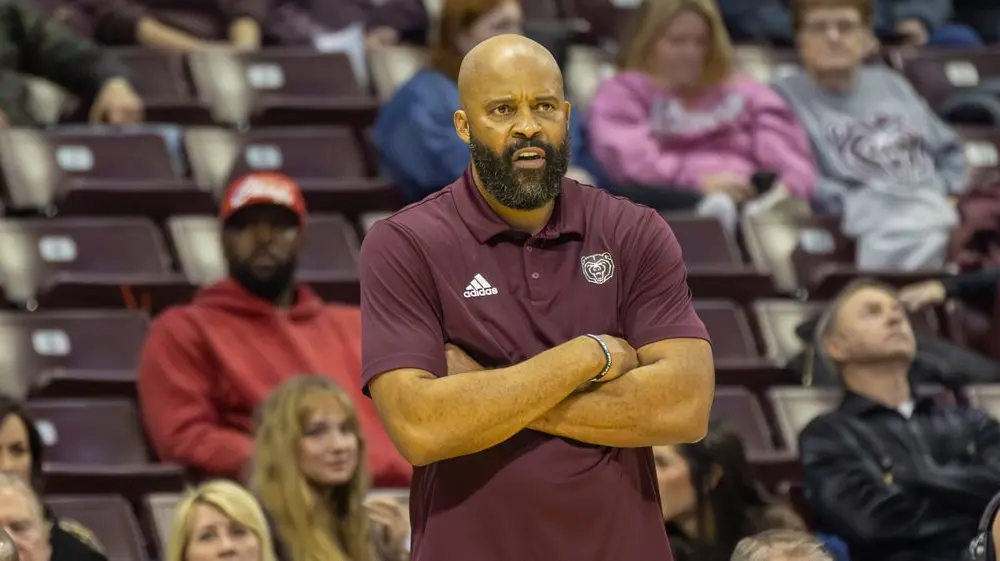[wpbvideo id=”423526″]
NIXA, Mo. — Emily Edwards almost had everything taken away. Now she’s doing anything she can to make sure others know about a disease hitting her in her prime.
“I think we had a sigh of relief she was still with us,” Nixa head coach Jennifer Perryman said.
It started last winter during Emily’s junior year; just after committing to play basketball at Rockhurst.
“I’d get winded running down the court,” Edwards said. “I’d lose my peripheral, just back. My hearing, it would go away.”
Like all athletes, Emily pushed her body for more – but nothing came.
“Flu was going around, maybe it’s the flu,” Perryman said. “Doctors said, ‘no.’ Athletic-induced asthma?”
The season ended, but the symptoms did not. Eventually, a trip to Johns Hopkins confirmed it.
“It’s ironic she has a heart condition because she has the biggest heart I know,” Perryman said.
“ARVC – Arrhythmogenic right ventricular cardiomyopathy,” Edwards said. “I didn’t understand it. I had to look it up on Google and see high risk of death and I was freaking out.”
For Emily, the only thing worse than heart disease,
“They said no basketball, and that was heartbreaking.”
After a pair of surgeries and testing various prescriptions, the senior is starting to feel better.
The Lady Eagles decided to play for Emily this year – complete with her letter “E” silk screened on their hearts. And oddly enough, it’s the exact spot where Emily has her pacemaker.
A small device, giving her a big opportunity.
“They said I could get into games, shoot around a little bit at practice.”
“Practice is part of the process,” Perryman said. “What’s too much?”
The best medicine for Emily, being on the floor with her teammates – even if its for only two minutes at a time.
“I didn’t think I’d ever get back on the court,” Edwards said.
Thanks to technology, Emily’s parents can monitor her heart rate in real time during a game thanks to a smart watch.
As for Emily, she’s selling t-shirts to raise research money for Johns Hopkins, and awareness. She said she’s lucky. This disease is often found only through autopsy once an athlete has a cardiac event during a game or practice.





